Types of Natural Selection
advertisement
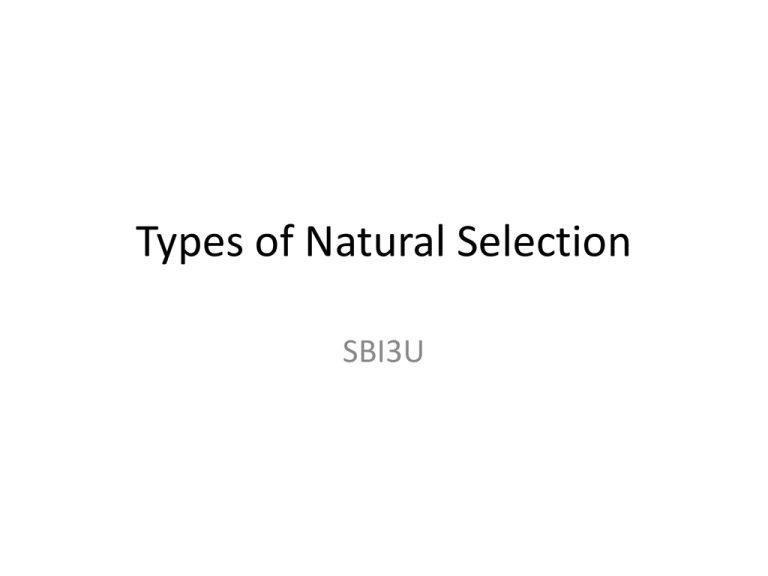
Types of Natural Selection SBI3U Sickle-Cell Anemia • Mutation + genetic variation + natural selection = evolution of a population • Sickle- cell allele resulted from a single base mutation in the DNA coding for hemoglobin • Heterozygous individuals, Ss, are resistant to malaria better chance of survival • Sub-Sahara Africa- if you carry the allele, S, than you will survive to reproduce, and pass on the allele to the next generation • Therefore, an increase in the frequency of the allele Directional Selection • Occurs when selection favours an increase or decrease in the value of a trait from the current population average. – Favours individuals with a more extreme variation of a trait • Results in a shift away the average condition • Read Hummingbird example on the bottom of pg. 326 Directional Selection Example -The soil in the original environment was a medium brown - After a volcano the soil becomes darker -Mouse population evolved to blend in with the darker surroundings -Therefore, environment favoured individuals with more extreme variations of the trait Stabilizing Selection • Selection against individuals exhibiting traits that deviate from the current population The average phenotype within a population is favoured by the environment • Read the human birth weight example on the bottom of page 327. Stabilizing Selection Example • The soil remains medium brown • Medium brown mice survive from predation • Medium brown mice pass of their allele for medium brown fur to their offspring • Light/ dark brown mice are eaten more -> those alleles are not passed on Disruptive Selection • Selection that favours two or more variations of a trait that differ from the current population average. – Favours opposite extremes of a trait over individuals with intermediate variations Disruptive Selection Example • Mouse move to a new environment with light brown rock and dark brown volcanic rock • Light brown and dark brown mice blend in with their environment, but medium brown mice do not • Medium brown mice are eaten by predators • Light/ dark brown mice pass on their genes to future generations Hardy- Weinberg Equilibrium • If allele frequencies change over time, the population is NOT in Hardy-Weinberg Equilibrium • Therefore, a ‘disturbing factor’ is acting on the population • • • • • Natural Selection Small population size Mutation Immigration/ Emigration Sexual selection
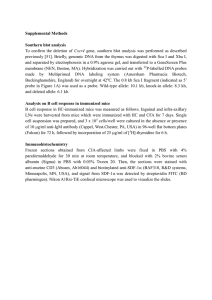

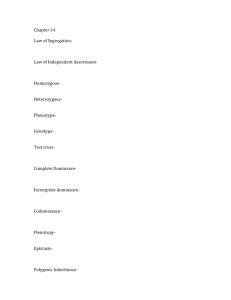
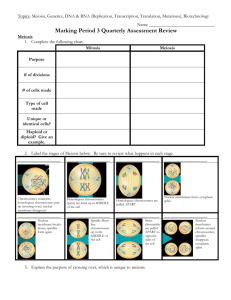


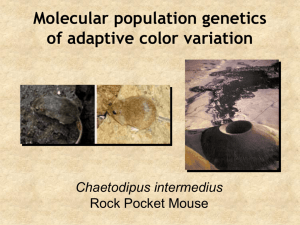
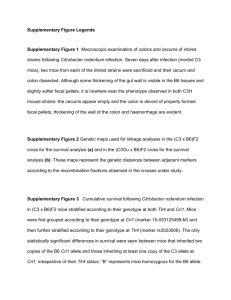
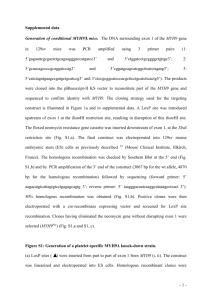
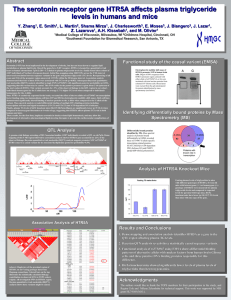
![Historical_politcal_background_(intro)[1]](http://s2.studylib.net/store/data/005222460_1-479b8dcb7799e13bea2e28f4fa4bf82a-300x300.png)
